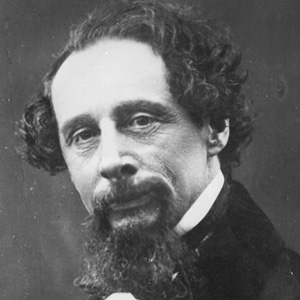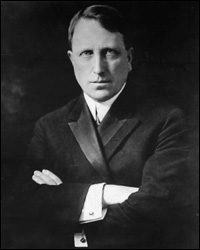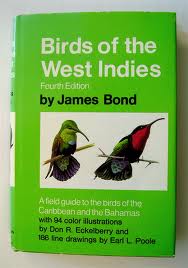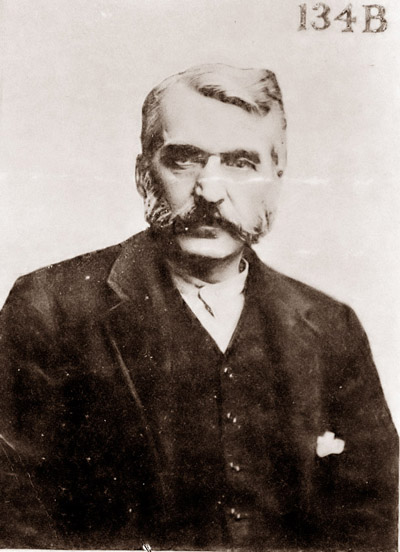You have no items in your cart. Want to get some nice things?
Go shoppingIf you are writing a short story or a novel, you’ll probably need a little inspiration to build your characters. Of course, you could always rely on a high-speed, plot-driven, edge-of-the-seat thriller and generally make characterisation a secondary aspect but, even then, you’re going to want to fill out the main ones. How best to go about it? Some authors will look to their friends for inspiration, though it’s not generally a good idea to expose too obviously some of their less savoury traits, if you want them to remain as friends.

With 7 February 2012 being the 200th anniversary of Charles Dickens’ birth, there has been a lot of discussion recently about the inspiration for some of his major characters—for example, how much of his father is in Mr Micawber? Further research from a recently published book, Dickens and the Workhouse by Ruth Richardson, has found some similarly named characters to those in the novels by looking at people living near where Dickens himself lived as a youth in north London. This is probably agreeable for some people, but I wonder how William Sykes, a shopkeeper and tallow trader, would like to have been remembered as the inspiration, in name if not in character, behind the general rotter Bill Sikes.

Also, this week I read that part of the San Luis Obispo Film Festival is to be held at the bizarre and ostentatious Hearst Castle, built by newspaper magnate William Randolph Hearst, which overlooks the Pacific Ocean in southern California. In the 1920s and 30s, kings and movie stars dined in the “medieval” refectory and Errol Flynn swam in the “Neptune” pool. The Hearst family has agreed to the festival screening the film Citizen Kane, in which the main character, Charles Foster Kane, played by Orson Welles, is thought to have been based on William Hearst. Given how unflattering the portrait was, you can see why it’s taken the family over 70 years to even be associated with the film.
 However, it needn’t all be bad news if you find yourself portrayed in a book or on film. Ian Fleming’s character of James Bond was probably a combination of a number of his colleagues encountered in the Second World War, but the name itself, said by Fleming to be a brief, masculine-sounding name, was taken from an American ornithologist called James Bond, whose book Birds of the West Indies Fleming possessed.
However, it needn’t all be bad news if you find yourself portrayed in a book or on film. Ian Fleming’s character of James Bond was probably a combination of a number of his colleagues encountered in the Second World War, but the name itself, said by Fleming to be a brief, masculine-sounding name, was taken from an American ornithologist called James Bond, whose book Birds of the West Indies Fleming possessed.

I’ve just finished reading an excellent book, The Napoleon of Crime by Ben Macintyre. This recounts the extraordinary life of Adam Worth who, apart from personally robbing banks, jewellers and art galleries, was probably responsible for organising much of the criminal activity in London and Europe in Victorian times, generally getting the better of both Scotland Yard and the Pinkerton Detective Agency in the United States. He is thought to be the principal inspiration behind the criminal mastermind, Professor James Moriarty, in the Sherlock Holmes books. One of Worth’s crimes, for example, involved digging a tunnel into a bank vault from the shop next door, similar to that written by Conan Doyle in The Red-Headed League. Other Holmes books with links to the life and deeds of Adam Worth include The Valley of Fear and The Adventure of the Illustrious Client.
So, if you know of a friend who’s writing a novel, you may just want to ask if you’re in it at all. If they say yes, then you might need to start worrying, though I suppose this is one way of getting famous and finding your name or your deeds in print and on the shelves of your local library.




